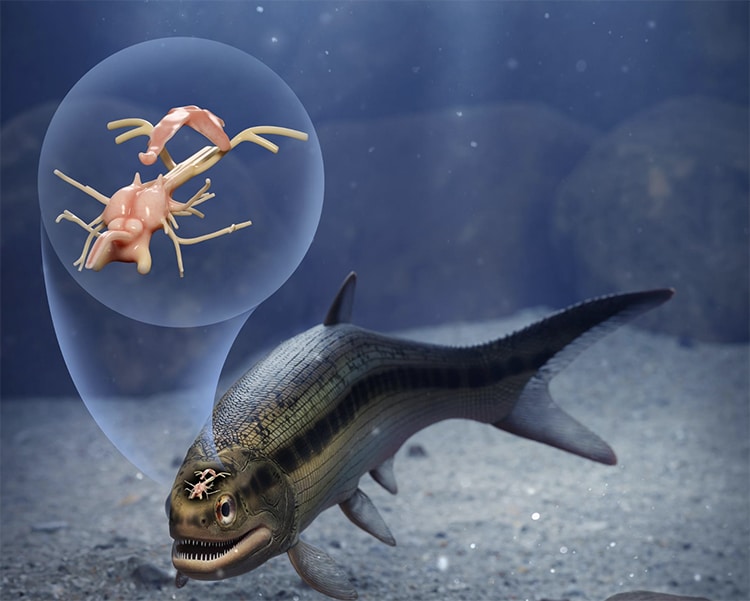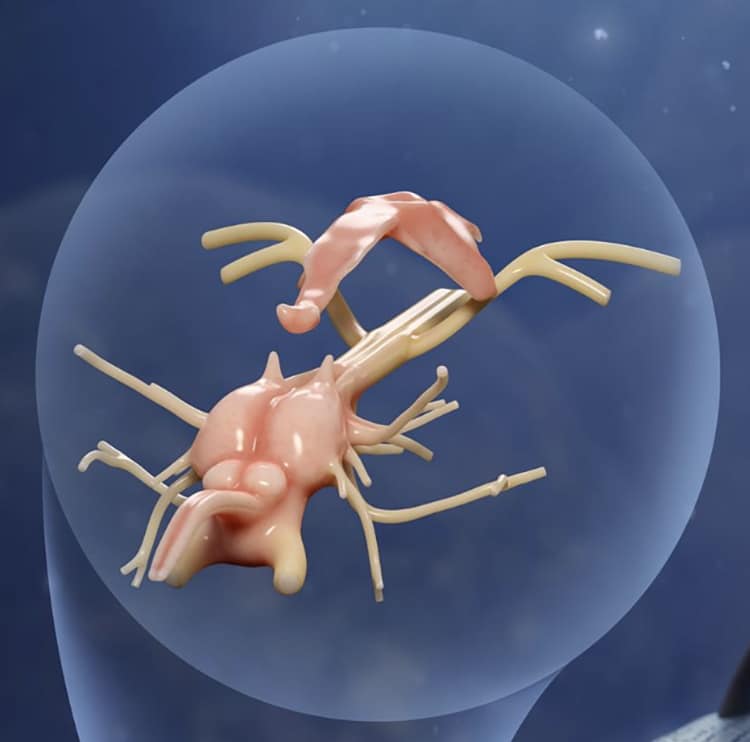Artist’s interpretation of a the 319-million-year-old fish and the earliest fossilized brain of a backboned animal.
Goldfish, in particular, are believed by many to havethree-second memoryspans, but that’s not true.
Another fish’s brain has recently grabbed the spotlight for a different reason.

Artist’s interpretation of a the 319-million-year-old fish and the earliest fossilized brain of a backboned animal. (Photo:Márcio L. Castro/University of Birmingham)
This rare find has excited researchers around the world and is described in aNaturepaper.
Discovered over 100 years ago in a Lancashire, UK, mine, the fossil was encased in soapstone.
It has since sat in the museum but was recently examined by researchers.

A rendering of the brain and cranial nerves. (Photo:Márcio L. Castro/University of Birmingham)
Known asCoccocephalus wildi, it is the only specimen found of its kind.
Although just the skull was discovered, the fish likely stretched six to eight inches.
While not originally looking for a brain, researchers discovered a strange object in the skull using CT scans.
The brain folds inward, unlike in today’s living ray-finned fishes.
Vertebrate brains decay quickly, so finding fossilized specimens is unusual.
Likely the dead critter was quickly enshrouded in sediment with low oxygen levels.
The modern world’s 30,000 ray-finned fish species are half of all the vertebrate species on this planet.
Scientists discovered the earliest preserved brain in a fossilizedCoccocephalus wildi, a 319-million-year-old prehistoric fish.
A rendering of the brain and cranial nerves.